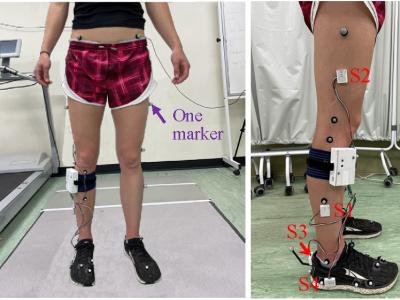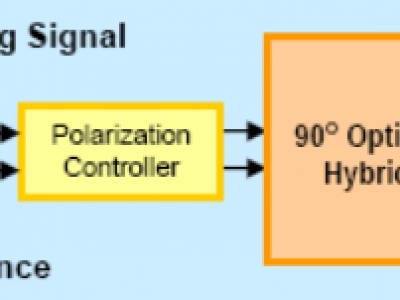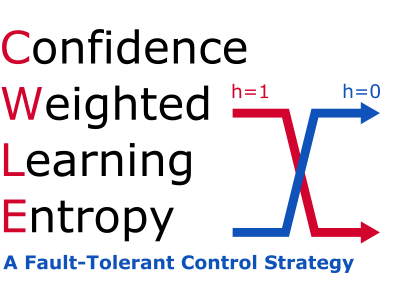Signal Processing
Problems related to ventral hernia are very common, and evaluating them using computational methods can assist in selecting the most appropriate treatment. This study collected data from over 3500 patients from different European countries observed during last 11 years (2012-2022), which were collected by specialists in hernia surgery. The majority of patients underwent standard surgical procedures, with a growing trend towards robotic surgery. This paper focuses on statistically evaluating the treatment methods in relation to patient age, body mass index (BMI), and the type of repair.
- Categories:
 254 Views
254 ViewsIMUs have gained popularity for tracking joint kinematics due to their portability and versatility. However, challenges such as limited accuracy, lack of real-time data analysis, and complex sensor-to-segment calibration procedures have hindered their widespread use. To address these limitations, we developed a portable system that integrates four IMUs to collect treadmill walking data, with ground truth values obtained from a Motion Capture System.
- Categories:
 137 Views
137 ViewsThe optical hybrid is mainly used to split and combine the signal beam and the local oscillator beam from two inputs, thereby generating four mixed beams with a relative phase difference of 90°. 90º optical hybrid is suitable for coherent signal demodulation for either homodyne or heterodyne detection. The device accepts the two optical signals (S & L) and generates four output signals: S+L, S-L, S+jL, and S-jL.
- Categories:
 22 Views
22 ViewsThere are several non-idealities that can degrade magnetic Hall-effect sensors performance and impact related applications. Thus, a confidence weighted learning entropy (CWLE) is proposed as a fault-tolerant control strategy for field-oriented control (FOC) of permanent magnet synchronous machines (PMSM). It combines sensorless and sensor-based control, while capitalizing on their major advantages, such as operation from standstill and at lower speeds, fast dynamic response, and fault tolerance to encoder errors.
- Categories:
 153 Views
153 Views
The dataset consists of measurements of different stages of degradation in low-voltage contactors used for industrial purposes. The measurements were obtained with fiber Bragg grating (FBG) sensors that detect the dynamic deformation generated in switching under different load conditions and internal components. The posted dataset was preprocessed and separated into two different events. The signal is segmented and reduced from the original measurement (separated into opening and closing). Furthermore, two sets of measurements were obtained.
- Categories:
 203 Views
203 Views
translator This abstract focuses on the analysis of position data collected by Global Positioning System (GPS) on Unmanned Surface Vehicles (USVs). Specifically, the data under examination pertains to the latitude and longitude coordinates of a leader, gathered through GPS technology. The data in file 'data' is used in this paper which collected by the GPS on USV.
- Categories:
 26 Views
26 Views
- Categories:
 463 Views
463 ViewsComputer simulations are used to assess the impact of thermal insulation on the transfer of heat and moisture in the exterior walls of residential buildings. The effects of internal and external thermal insulation on a room in a terraced family house are compared using the COMSOL Multiphysics software package, evaluating the influence of the placement of expanded polystyrene thermal insulation on the distribution of heat and moisture in the external wall while monitoring the indoor air temperature during the heating and cooling regimes.
- Categories:
 448 Views
448 Views
This is a dataset for TCS-Fall.
A total of 20 volunteers were invited to take part in the experiment. Each volunteer performed hundreds of falls and non-falls.
All fall data and non-fall data are stored in binary files that can be parsed by Python or matlab.
- Categories:
 285 Views
285 Views
The following dataset is used to test lossless compression algorithm on already compressed data, i.e. reduce data size even further without compromising its integrity. This Dataset has 1.000 “.txt” text files extracted from other Datasets and compressed in “.zip” format with a maximum size of 1 kB (Kilobyte), that is, 1.024 bytes. The largest Dataset file has 1670 characters including “text_zip (970).zip” spaces, and the smallest repository file has 14 characters with “text_zip (1).zip” spaces.
- Categories:
 304 Views
304 Views



